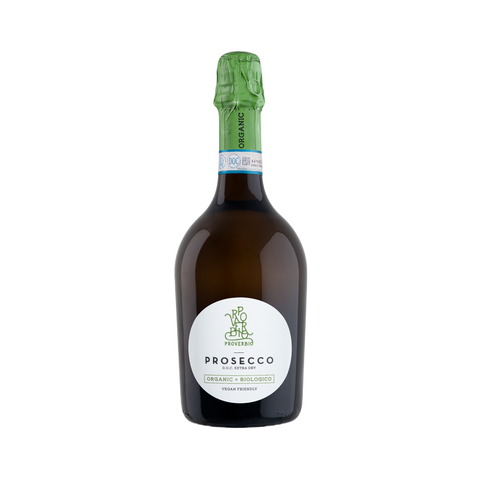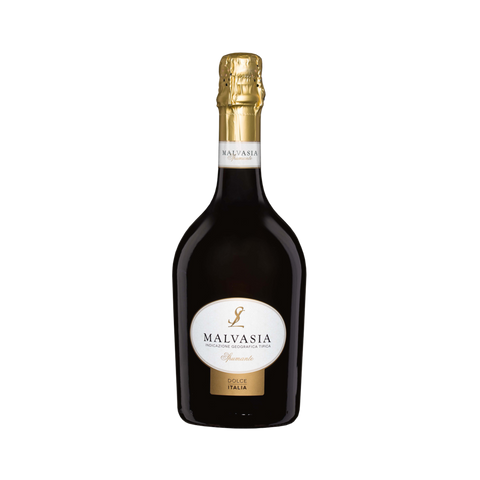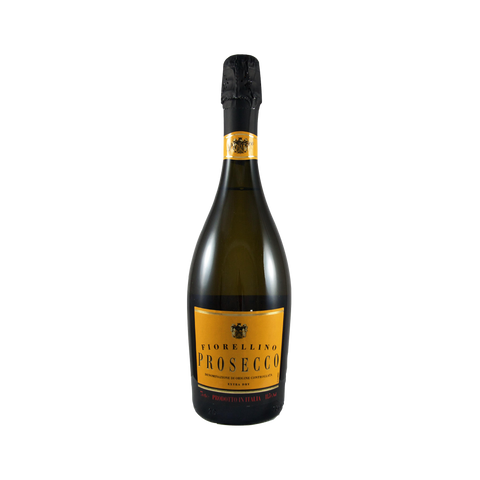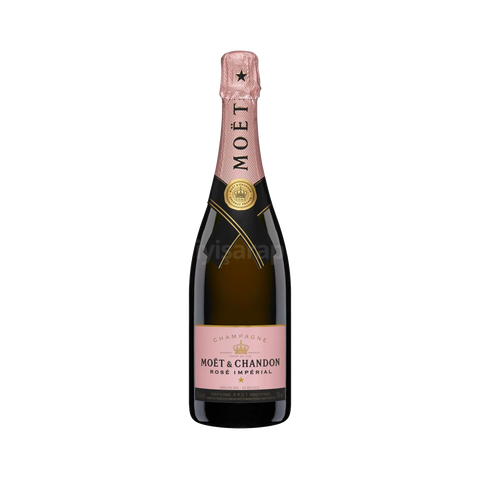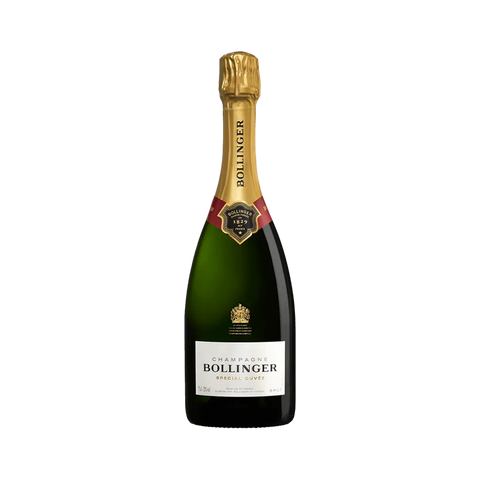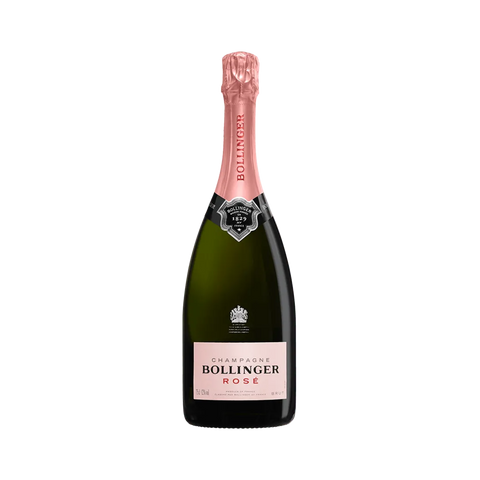Champagne and sparkling wine are both sparkling wines that contain bubbles, but they have different characteristics and production methods:
Champagne:
Champagne is a sparkling wine produced specifically in the Champagne region of France. It is made using the traditional method (Méthode Champenoise) with secondary fermentation in the bottle.
The main grapes used in the production of Champagne are Chardonnay, Pinot Noir and Pinot Meunier. Blanc de Blancs Champagne is made exclusively from Chardonnay, while Blanc de Noirs Champagne is made from red grapes (Pinot Noir and Pinot Meunier).
Champagne undergoes a labour-intensive process that includes blending base wines, adding yeast and sugar for secondary fermentation, aging on lees (dead yeast cells), riddling (removing sediment), disgorging (removing sediment) and dosage (adding a sugar solution).
Sparkling Wine:
Sparkling wine refers to any effervescent wine that contains carbon dioxide bubbles. It can be produced in different regions of the world using different methods, including the traditional method, the tank method (Charmat method) and carbonation.
The grapes used to make sparkling wine vary according to region and style. Common grape varieties include Chardonnay, Pinot Noir, Pinot Meunier, Chenin Blanc, Glera (Prosecco) and others.
Sparkling wine styles vary from dry to sweet, ranging from Brut (dry) to Extra Dry, Sec, Demi-Sec and Doux (sweet). The degree of sweetness is often indicated on the label.
While champagne is a specific type of sparkling wine with strict production regulations and geographical designation, sparkling wine encompasses a broader category of effervescent wines produced worldwide. Both champagne and sparkling wine are celebrated for their festive nature, celebratory associations and versatility in food pairings and occasions.
The main differences between champagne and sparkling wine lie in their origins, production methods, grape varieties and regulations:
Origin:
Champagne is a specific type of sparkling wine produced in the Champagne region of France. It has Appellation d'Origine Contrôlée (AOC) status, which means it must meet strict criteria and production rules to be labelled as champagne.
Sparkling wine refers to any effervescent wine that contains bubbles and can be produced in various regions of the world, including France, Italy, Spain, the United States and others.
Methods of production:
Champagne is typically made using the traditional method (Méthode Champenoise), which involves secondary fermentation in the bottle. This method contributes to the wine's complexity, fine bubbles and distinct characteristics.
Sparkling wine can be made using various methods, including the traditional method, the tank method (Charmat method) and carbonation. Each method affects the flavour profile, effervescence and texture of the wine.
Grape varieties:
Champagne is mainly made from Chardonnay, Pinot Noir and Pinot Meunier grapes. Blanc de Blancs champagne is made exclusively from Chardonnay, while Blanc de Noirs champagne is made from red grapes (Pinot Noir and Pinot Meunier).
Sparkling wine can be made from a wide range of grape varieties, including Chardonnay, Pinot Noir, Pinot Meunier, Chenin Blanc, Glera (used in Prosecco), Riesling and others. Different grape varieties contribute to different flavours and styles of sparkling wine.
Regulations and labelling:
Champagne is subject to strict regulations set by the Comité Interprofessionnel du Vin de Champagne (CIVC). Only wines produced in the Champagne region using approved grape varieties and production methods can be labelled as Champagne.
Sparkling wine labelling varies according to region and country of origin. Terms such as "Sekt", "Méthode traditionnelle", "Cava", "Prosecco", "Asti" and others indicate specific styles and production methods.
Flavour profile and style:
Champagne is known for its complex flavours, fine bubbles, crisp acidity and ageing potential. It often has notes of citrus, orchard fruit, brioche and minerality, with varying degrees of sweetness (Brut, Extra Dry, etc.).
Sparkling wine comes in a range of styles from dry to sweet, with varying degrees of effervescence and flavour profiles. It can be light and fruity (e.g. Prosecco), creamy and nutty (e.g. Cava) or lively and aromatic (e.g. Moscato d'Asti).
Champagne is a specific type of sparkling wine with a geographical designation and strict production regulations, while sparkling wine encompasses a broader category of effervescent wines produced worldwide using different methods and grape varieties.

